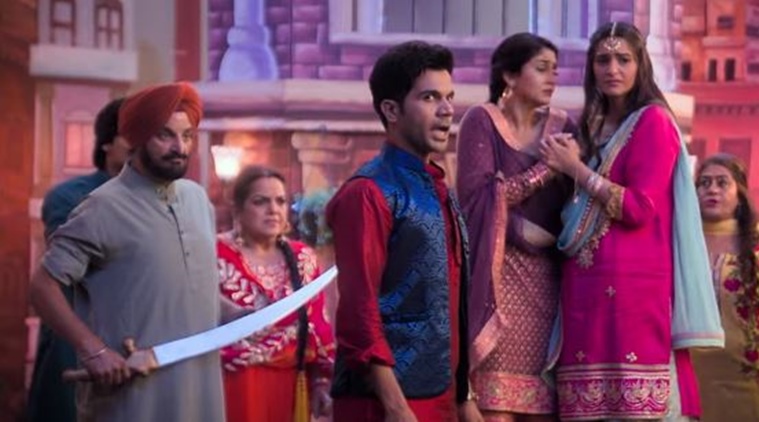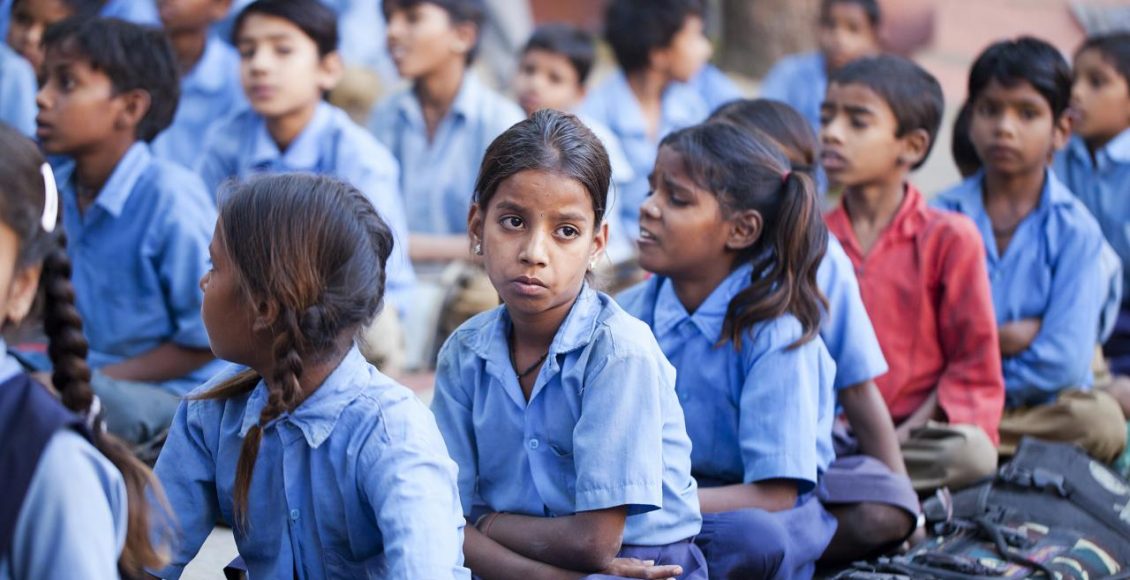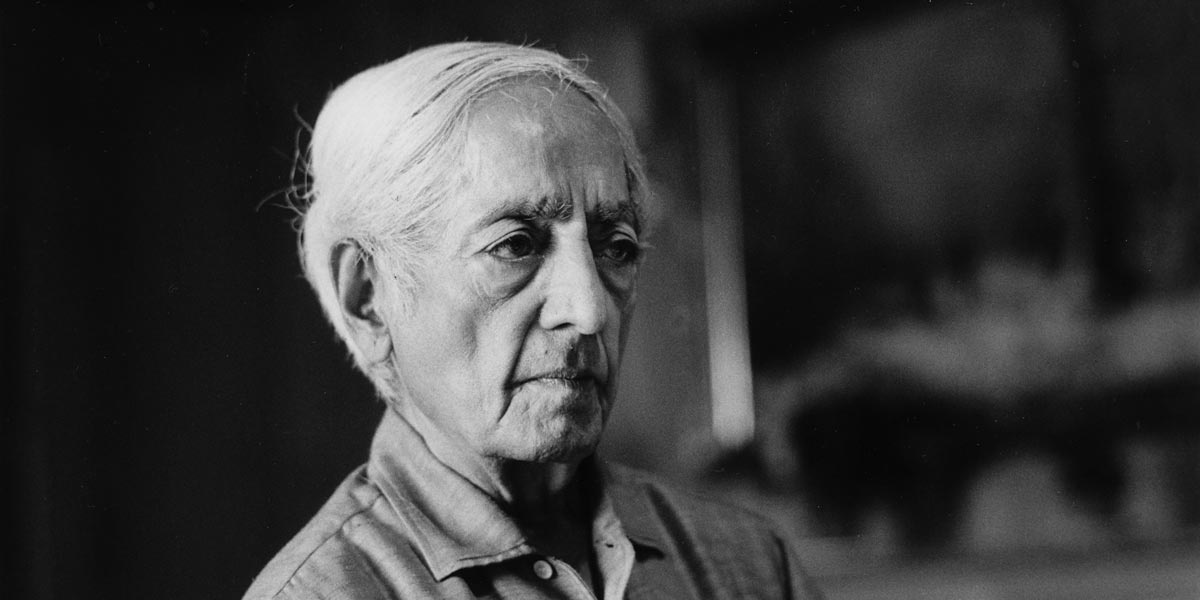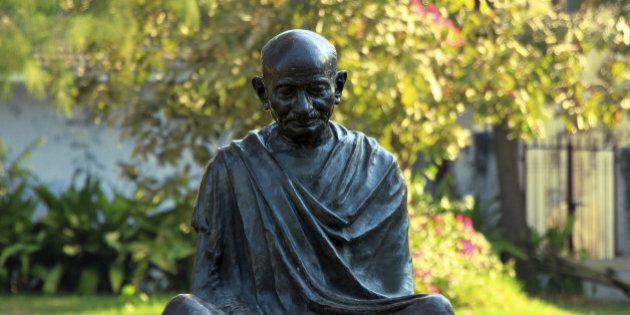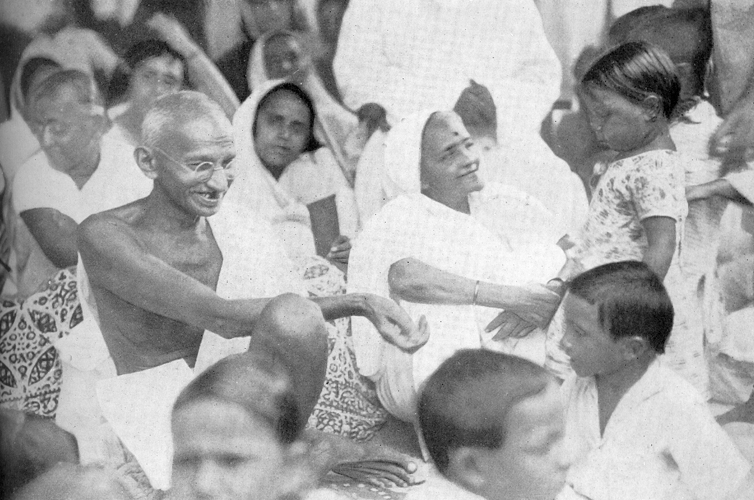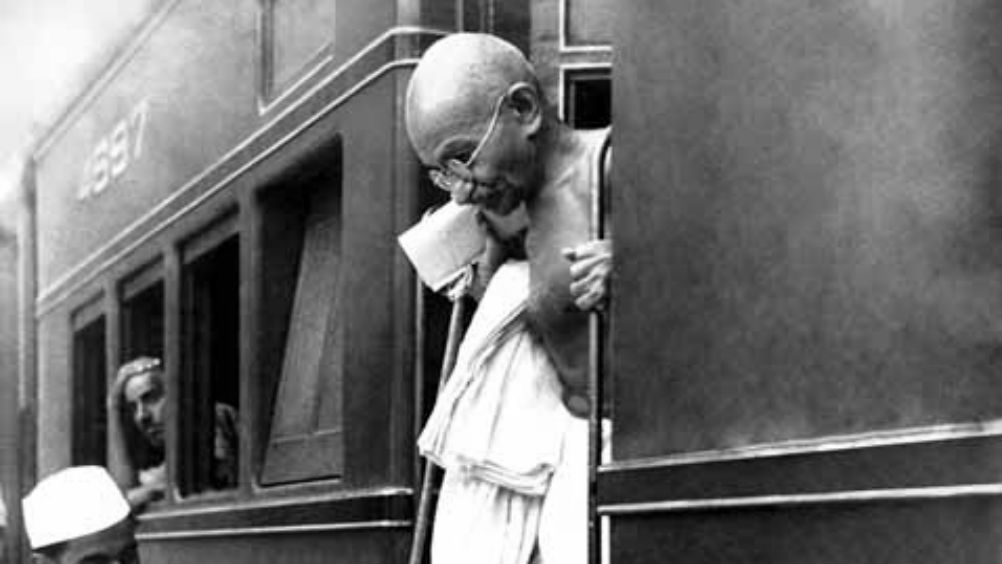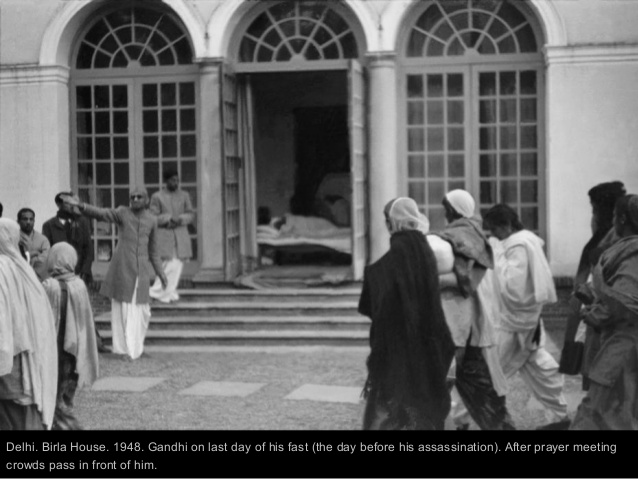CINEMA
It is for the first that that mainstream Bollywood cinema has come up with a film on lesbianism at such a big scale but what is sad is that the performances and the screenplay have failed to leave a mark.
Himadri Bhatt is a Gay Rights Activist based in Madurai.

Homosexuality may have been a more talked about issue in contemporary India than it was before but that by no means implies that the nation is more accepting of gay love.
The issue is still contested and society at large still finds it difficult to accept and acknowledge that people of the same sex can fall in love and that it isn’t always just a passing phase. The understanding of this reality means that cinema has to play an important role in making this more acceptable and a theme that can be more readily spoken about.
The film has been directed by debutant director Shelly Chopra Dhar and co-written by her and Ghazal Dhaliwal. Ek Ladki ko Dekha Toh Aisa Laga is a film that is progressive and breaks the mainstream convention.
The film isn’t art cinema and thus trains to retain its mainstream appeal while talking about a controversial theme in the society. From the outside the film looks like a conventional Punjabi film where there is no dearth of marriage related celebrations and eligible girls play and dance in beautiful clothes. There is everything that would please a conventional audience that is ever ready to be offended but within this apparent silence there is an attempt to sell same sex relationship. This is an uphill task and is readily vulnerable to a wide variety of pulling down given the fact that in a nation like India until last year, homosexuality was a crime.
The film has tried to keep in sync with the mainstream tune of contemporary Bollywood films, with syntax that in anything but radical. Homosexuality irrespective of the grandness of the landmark judgement is still very much considered to be an aberration and thus the film has walked on the conflicted terrain without much confidence about the importance of conveying a strong message on the naturalness of homosexuality and same sex relationship.
What is ironical is the fact that even while the director and the team has made an effort to bring about a discussion on a theme that is often seen as a taboo there is an overemphasis throughout the film on matters that only make it lengthy and far removed from the real issues. The dramatic Anil Kapoor is intoxicated by the scent of Kasoori Methi, another important character Balbir Chowdhury who is a manufacturer of undergarments in a small town of Punjab is called the ‘Mukesh Ambani of Moga’ and then there is Sonam Kapoor who repeats the song that gives the film its name to remind the world of the fact that even a girl can fall in love with another girl.
The beginning of the film is quite straightforward where the protagonist of the film Sweety( Sonam Kapoor) is shown to be having a secret lover, with a speculation that he may be Muslim which predictably leads to contestation. But the breaking of the myth takes important time away from the film and only then begins the real paradoxical truth that Sweety loves a girl instead of a boy. The father finds the Lesbianism of his daughter difficult to digest and Sonam Kapoor does little to convince the audience of her pain. We never get to see what she feels, what she thinks of the insensitive world and what she considers to be the way ahead. It was expected that this much talked about film will transpire the conventional standards of Bollywood and bravely speak about a theme that may be considered taboo in Indian society.
But sadly the film is not convincing and looks a lot like thousands of other rom-coms produced by the industry. It is good that a conventional love story about same sex love has been made under the umbrella of mainstream Indian cinema but it is sad that despite having selected a theme so bold, the film has failed to leave a lasting impression. The logic of mainstream cinema, the overtly melodramatic portrayals of important roles and the weak narrative have all left the film without the capacity to leave a mark on the minds’ of the audience. In our world it is crucial that cinema breaks the conventional moulds and addressed issues of significance and while this film loses the important opportunity, many more films should address this issue.

